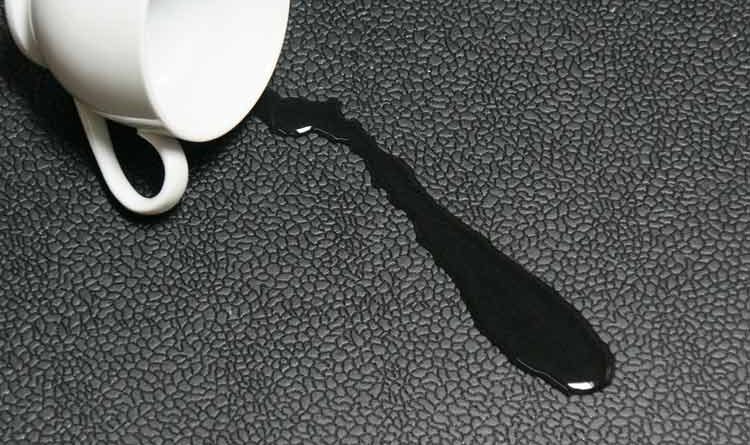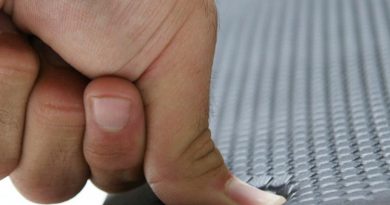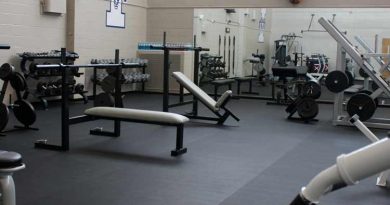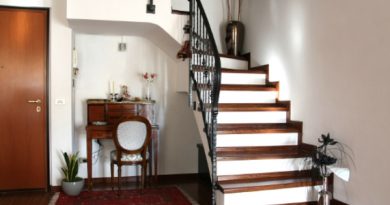How to Clean Rubber Floors
One of the tremendous benefits of rubber flooring is the ease with which it’s cleaned, whether it’s regular week-to-week maintenance cleaning, or something more serious. Since rubber flooring is a solid surface, cleaning it is very similar to cleaning a surface like tile or linoleum. Unlike hardwood floors, however, you don’t need a special type of cleaner to get clean rubber floors! Do not use any caustic cleaning agents like bleach because it will damage and discolor the rubber.
When it comes to weekly cleaning (you do clean weekly, right?) a vacuum can be used to remove excess crumbs, dirt, and debris from the ground using the device’s settings for a hard, solid floor. For those who don’t own a vacuum, a broom and dustpan are just as effective, if not more so. Once that has been accomplished, cleaning a rubber floor is as simple as a quick mopping job. Rubber floors can be cleaned with most common household cleansers, so you’re sure to have something on hand that will work. Just mix the cleanser with water, grab the mop, and proceed to wash the floor!
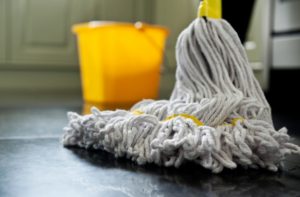
In order to clean rubber floors made from recycled rubber, which are comprised of small bits of rubber that are bound together, you might want to rinse the mop more frequently than you would with a tile or linoleum floor. Also, try to refrain from washing the same area of the floor for too long, continuing to move along the floor’s surface—while recycled rubber flooring is a solid surface, it is also slightly porous, so it can absorb a slight amount of water. Have no fear, though: rubber is naturally resistant to mold and mildew, so you can’t cause yourself problems! A pro-tip: if you have other types of flooring that you mop, consider buying a new mop for those floors and using your existing mop for your rubber flooring. Since rubber flooring is black, it will likely darken the mop over time.
Sometimes flooring can need a more serious cleaning, especially in the event of plumbing problems. One of rubber flooring’s major advantages over carpet and wood floors is its resilience in the face of water leaks. Reclaimed rubber and PVC flooring are solid and can’t absorb water, but if you have a recycled rubber floor, you’re still in the clear. In fact, one of the reasons we recommend that our flooring be installed using double-sided tape is precisely due to these types of situations. If your recycled rubber floor is soaked due to plumbing issues, you can simply remove the rolls from the floor and leave them out to air-dry. Simple as that! You’ll probably want to clean them once you’re done. It’s a small hassle, but a considerably superior option to dealing with a waterlogged wood floor, or a carpet that needs a set of blowers for a few days.

